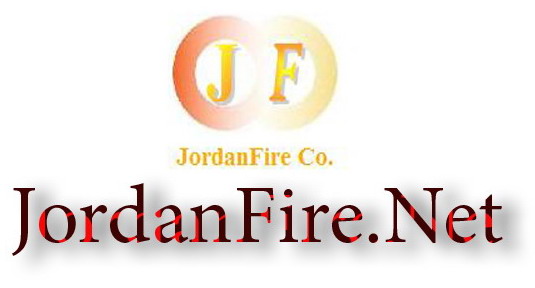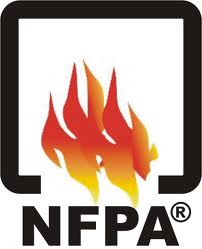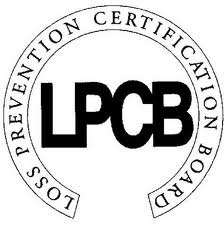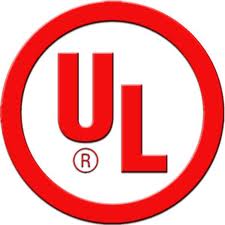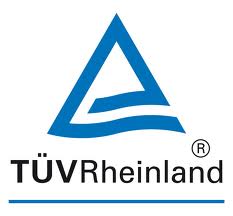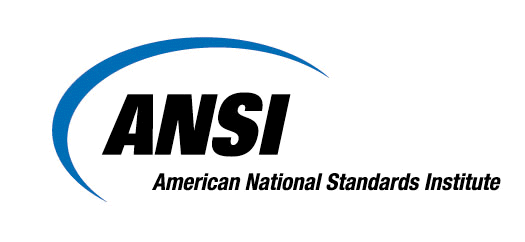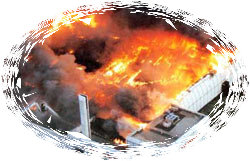
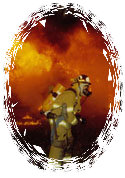


Fire Protection > Fire Extinguishing Agents
WATER
Water ia the most common fire extinguishing agent which is ideal for use against class A fires involving wood, paper, textiles and other class A risks.
DRY POWDER
Dry powder extinguishers are ideal for use against class A, B & C fires. Highly effective against petrol and volatile liquids which makes them ideal for vehicle protection. A good all-rounder makes dry powder an excellent choice for both industrial and domestic premises.
AFFF FOAM
Spray foam extinguishers are ideal for use against class A & B fires. Highly effective against petrol and volatile liquids, forming a flame smothering seal over the surface and hence also preventing re-ignition, ideal for multi risk usage in areas such as workshops and garages. The 6 Litre model is ideal for shops and offices where less weight is preferred.
Co2 ( CARBON DIOXIDE )
Carbon Dioxide is a time proven clean agent. Non conductive CO2 is particulary effective in confined areas, where there is a risk from flammable liquids, being non-toxic and leaving no residue CO2 will not harm food, fabrics, machinery or electrical equipment.
Inergen
Inergen agent is a mixture of inert atmospheric gases. It is used as a fire extinguishing agent in gaseous fire suppression installations. As it does not contain halocarbons , it has no ozone depletion potential and it is non-toxic.
Inergen is composed of 52% nitrogen, 40% argon, and 8% carbon dioxide.
In 40-50% concentrations Inergen can make the mixtures of methane /air and propane /air non-flammable by diluting their oxygen and fuel content.
Halocarbon systems require significantly smaller storage space than Inergen tanks, and in some cases are less costly.
Argonite
Argonite is the name-brand (a registered trademark owned by Ginge-Kerr) for a mixture of 50% argon (Ar) and 50% nitrogen (N 2 ). It is an inert gas used in gaseous fire suppression systems.
Bromochlorodifluoromethane
Also known by the trade name Halon 1211, or BCF , or Halon 1211 BCF , or Freon 12B1 , is a haloalkane with the chemical formula is C F 2 Cl Br .
Brominated halogens were first used during World War II as fire extinguisher for aircraft and tanks . Bromochlorodifluoromethane was introduced as an effective gaseous fire suppression agent around 1973 for use around highly valuable materials in places such as museums , mainframe rooms, and telecommunication switching centers . Its advantages as a fire extinguishing agent was that it had lower toxicity than chemicals such as carbon tetrachloride, and that since it was a covalently bonded compound, it did not form conductive ions which made it usable on electrical equipment.
The production of bromochlorodifluoromethane and similar chlorofluorocarbons has been banned in most countries since January 1 , 1994 as part of the Montreal Protocol on ozone depleting substances.
Bromotrifluoromethane
Also known by the trade name Halon 1301, is an organic halide with the chemical formula C Br F 3 .
It was introduced as an effective gaseous fire suppression agent in the 1960s, and was used around highly valuable materials such as in aircraft , mainframe computer rooms, and telecommunication switching centers , usually in total flooding systems.
This is a volatile extinguishant that should be used only with a breathing apparatus (when volume exceeds 5%). In higher concentrations it causes giddiness and mildly impaired perception. There is also a risk of toxic and irritant pyrolysis products, hydrogen bromide and hydrogen fluoride .
FM-200 (HFC-227)
HFC-227 (FM-200), chemically known as heptafluoropropane, is an alternative fire suppression system agent manufactured in the United States by Great Lakes Chemical (FM-200) and DuPont Corporation (HFC-227). It is a replacement for the ozone depleting Halon 1301 used extensively before 1994.FM-200 (HFC-227) has no ozone depletion potential. Its ODP is zero. FM-200 has found by leading toxicologists to be safe for use when people are present. Just as with Halon 1301, people can be exposed to normal extinguishing concentrations without any fear of health problems.
Highly penetrative and achieving an homogeneous dispersion in the hazard zone, it acts on fires largely by physical means, lowering the temperature of the flame and fuel to a point at which combustion reactions cannot be sustained. There is no significant obscuration on discharge and this non-corrosive and electrically non-conductive agent causes no damage to sensitive equipment with no post-discharge clean-up required.
NOVEC 1230
(also known as "Dry Water") is an environmentally friendly Halon replacement for gaseous fire suppression manufactured by 3M . It is generally used in situations where water from a fire sprinkler would damage expensive equipment or where water-based fire protection is impractical, such as on marine vessels and platforms.
Sources:
NFPA 1 Fire prevention code
Unified fire code 1997
Retrieved from " Wikipedia "
